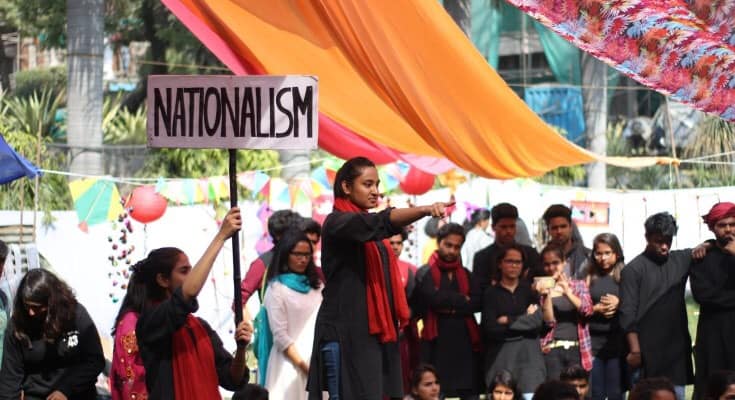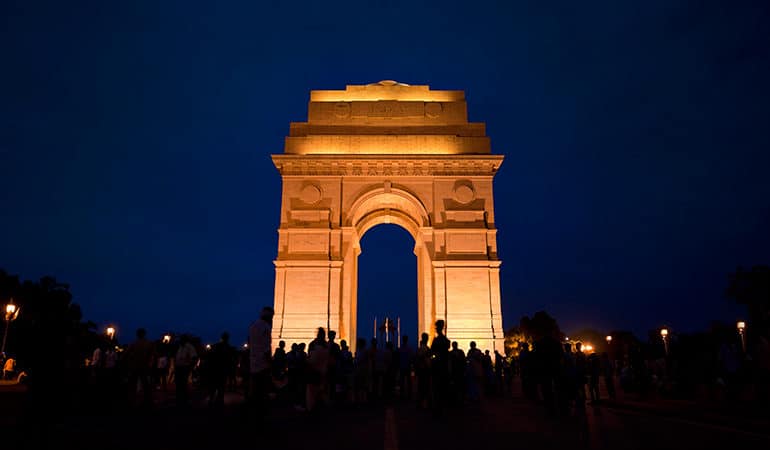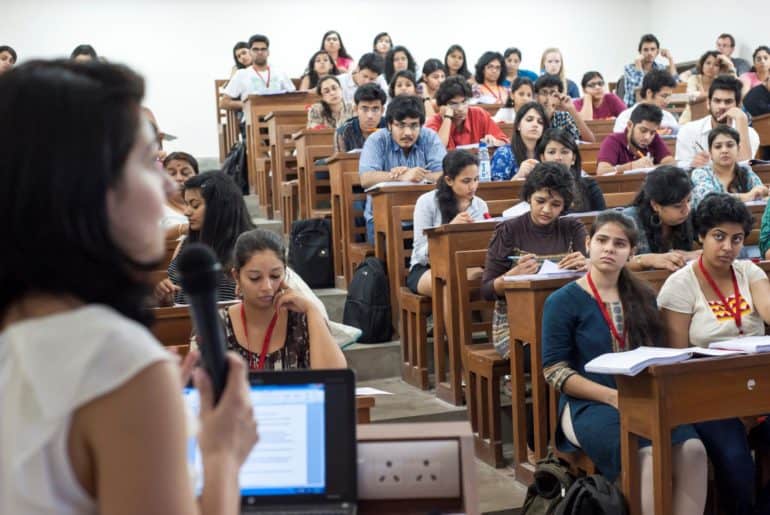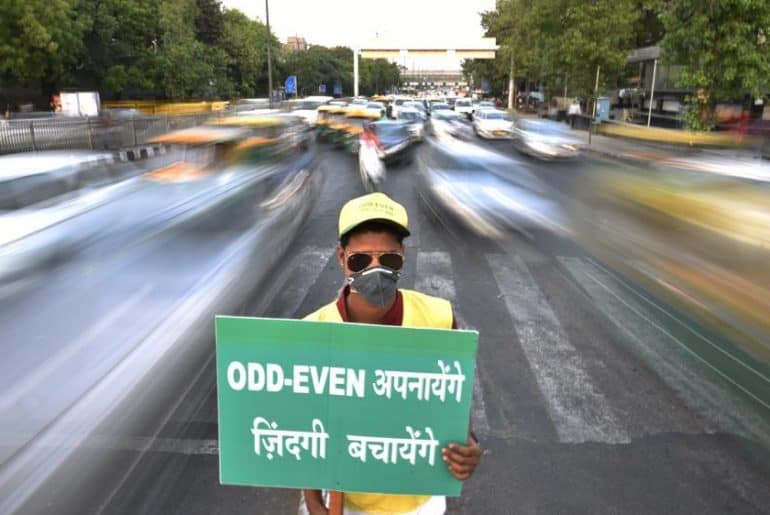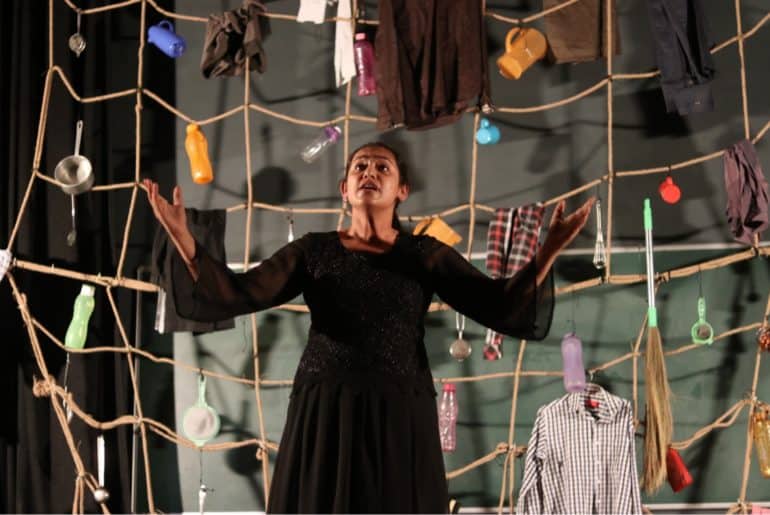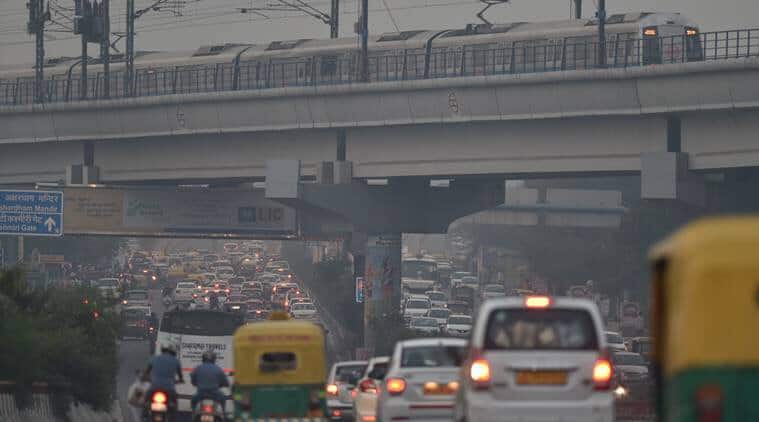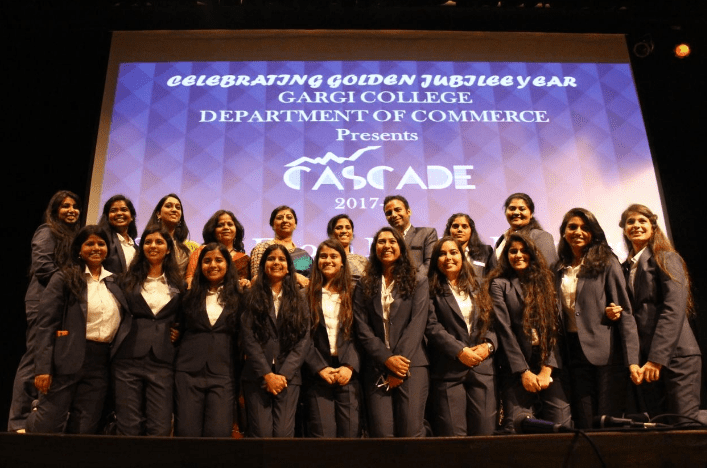The dramatic societies of the University of Delhi are one of the factors that add to the charm of the varsity. Bollywood actors such as Amitabh Bachchan, Manoj Bajpayee, and Shah Rukh Khan as well as well as filmmakers like Satish Kaushik to Imtiaz Ali have all been a part of dramatic societies. Theater and nukkad nataks (street plays) for the longest time have been used to promote social issues. With simplistic yet appealing performances they are able to draw huge crowds. It is because of their communication ability government bodies have often collaborated with Delhi University societies to spread awareness.
Ibtida, the dramatics society of Hindu College collaborated with the Pradhan Mantri Kaushal Vikas Yojana and subsequently performed in nine districts of Rajasthan. Earlier, the Ministry of Social Justice and Empowerment asked the street play societies of Daulat Ram College and Miranda House to promote the Accessible India campaign. Before that, BJP Mahila Morcha roped in Anubhuti, the
dramatics society of Janki Devi Memorial College to promote their Beti Bachao, Beti Padhao campaign.
While these associations show harmony between governing bodies and DramSocs, to say that both share an amicable relationship would be far from true. Today when a culture of censorship is being forced down on educational institutes, it is the dramatics socs who are raising the loudest voices of dissent.
Plays such as Chacha Chaudhary Aur Dina Nath Ki Waapsi by Kshitij, the dramatics society of Gargi College, Sare Jahan Se Achha by Ibtida, the dramatics society of Hindu College, and Sawaal Toh Uthega by Manchtantra, the dramatics society of Sri Guru Gobind Singh College Of Commerce openly speak the government ideology. It’s not new for DramSocs to take a volatile political stand, but in the recent times, they have come under the radar of authorities.
On 17th March 2015, Delhi University Student’s Union (DUSU) sent a notice to the Principal of Sri Guru Tegh Bahadur Khalsa College (SGTB Khalsa College), asking the college authorities to take strict action against Ankur, the theater society of SGTB Khalsa College for performing their play ‘Welcome to the Machine’ which, according to DUSU, is anti-Hindu in nature. Welcome to the Machine revolved around the how certain parties polarize the society on communal lines for political gain. It also spoke about the growing influence of religious bodies on cultural and education institutes.
Last year too Ankur logged heads with DUSU. They had to postpone their street play competition, Pratyaksh, which was being organised on the second day of the college’s annual cultural festival, Lashkara after the police requested the college to call off the event as a precautionary measure against clashes.
Earlier this year Mukhatib 2017, the annual screenplay festival organised by Shunya-the theatre society of Ramjas College on 31st March 2017 saw four plays being censored by the authorities to avoid any type of unrest in the campus. The organisers of the event were reportedly asked for the scripts of the plays which were to be performed in the festival just before the event. This was followed by the cancellation of four plays which had elements of nationalism in them. The students replied to this attempt of the administration by sealing their lips with black tapes and tying black bands around their arms.
These recent developments clearly show that dramatics, an art form that has always been used as a revolutionary tool, has come under scrutiny. But in a county of Safdar Hashmi, it is impossible to tone down the natakwalas. Be it suspension of events, threats or backlash, varsity’s street play/theater artists will still reclaim the campus.
Feature Image Credits: Kartik Kher for DU Beat
Niharika Dabral

